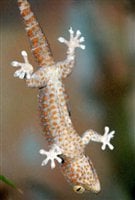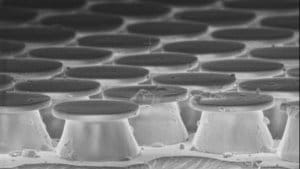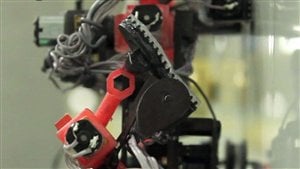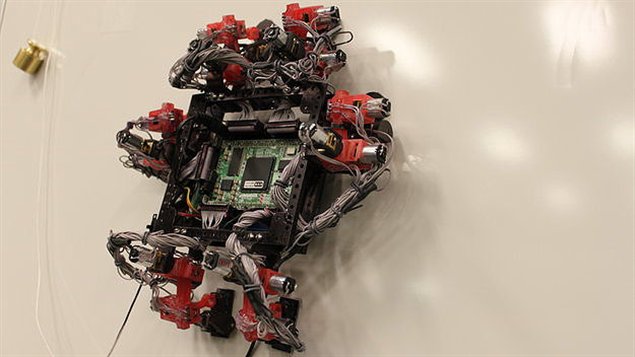
Canadian scientists may have come up with a solution to a concern for space exploration by taking a cue from nature.
They’ve developed a robot that can adhere and climb smooth vertical surfaces by imitating gecko lizards feet.
It’s extremely risky for astronauts to work outside spacecraft performing maintenance and if some tasks could be performed by robots, it would be much safer.
Carlo Menon PhD is an associate professor at Simon Fraser University at the School of Engineering in the Faculty of Applied Sciences. He specializes in bio-robotics and smart materials.
Listen
Getting robots to be able to manouevre outside a spacecraft would be much simple if they could simply “walk” along the skin of the vehicle, and remain stuck to the side while performing a task.
The problem is how to do that. Magnets could affect delicate instruments and don’t work on composite materials, sticky adhesives would quickly wear out and leave residue, and suction doesn’t work in space.
Professor Menon and his team at Simon Fraser University in west coast British Columbia, working with the European Space Agency, looked to the gecko lizard for clues.

It seems the gecko’s feet have millions of hairs so tiny they are about the size of bacteria, 100-200 nanometres across.
On this scale, even glass shows a rough surface and the tiny hairs conform to the surface (compliancy) resulting in a larger contact area and a molecular-scale attractive force between the hairs and the surface material. This attraction is known as a Van der Waals force.
Dr Menon’s team created similar micro-nano scale features on the feet of a series of robots they call “Abigaille” These features mimic the setae hairs on gecko’s foot pads to create what they call a non-residue adhesive which utilizes this Van der Waals force to adhere to “smooth” vertical surfaces

While there are limitations of the attractive force or “adhesion” on earth due to gravity, Professor Menon points out there is no gravity in space and the robots could carry substantial loads of tools or materials as they “walk” around a space craft with no need for tethers which could become entangled.
Initial testing of the prototype’s performance in extreme cold and heat and vacuum at the European Space Agency have shown good results.
Professor Menon’s MNERVA Lab site
ESA SITE on Simon Fraser robots







For reasons beyond our control, and for an undetermined period of time, our comment section is now closed. However, our social networks remain open to your contributions.